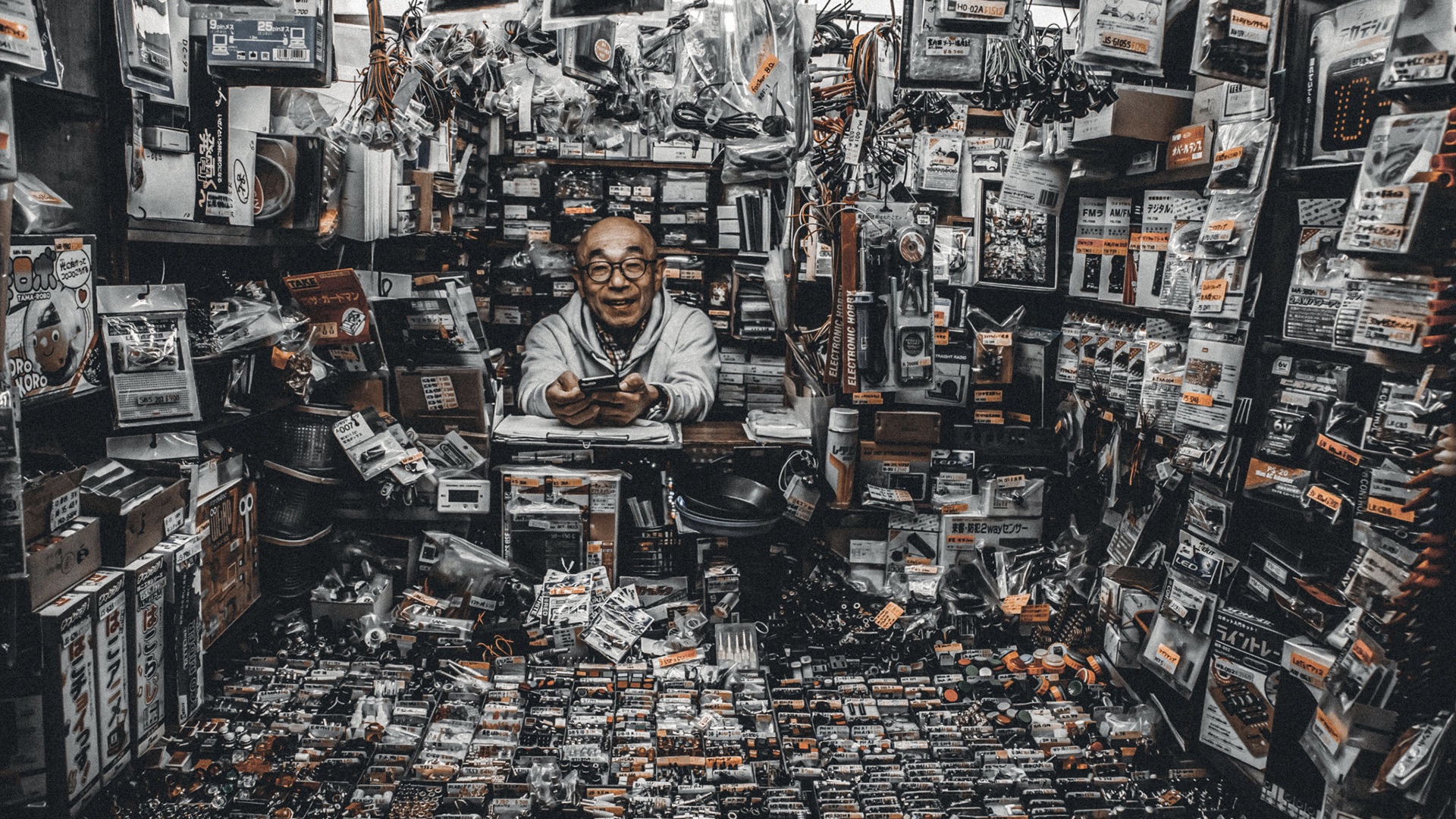Getting The Street Photographers To Work
Getting The Street Photographers To Work
Blog Article
What Does Street Photographers Mean?
Table of ContentsThe smart Trick of Street Photographers That Nobody is DiscussingThe Facts About Street Photographers RevealedThe 5-Minute Rule for Street PhotographersThe 7-Minute Rule for Street PhotographersUnknown Facts About Street Photographers
Street photographers do not always have a social purpose in mind, yet they like to separate and catch moments which may or else go undetected.He was affected by many of those that affected the street professional photographers of the 1950s and '60s, he was not primarily interested in catching the spirit of the road. The impulse to visually record people in public started with 19th-century painters such as Edgar Degas, douard Manet, and Henri de Toulouse-Lautrec, that worked side by side with digital photographers attempting to catch the significance of metropolitan life.
Since of the fairly primitive technology offered to him and the lengthy exposure time needed, he battled to record the hustle and bustle of the Paris streets. He explore a collection of photo methods, attempting to find one that would certainly permit him to capture movement without a blur, and he located some success with the calotype, patented in 1841 by William Henry Fox Talbot. While the professional photographers' subject was essentially the same, the outcomes were considerably various, showing the impact of the professional photographer's intent on the character of the pictures he produced.
Provided the fine high quality of his photos and the breadth of product, architects and musicians frequently bought Atget's prints to make use of as referral for their very own job, though business passions were rarely his primary inspiration. Rather, he was driven to picture every last residue of the Paris he liked.
Street Photographers for Beginners
They reveal the city via his eyes. His job and basic understanding of photography as an art form acted as inspiration to generations of digital photographers that complied with. The future generation of road photographers, though they likely did not describe themselves therefore, was ushered in by the photojournalism of Hungarian-born photographer Andr Kertsz.
Unlike his peers, Brassa made use of a larger-format Voigtlnder camera with a much longer exposure time, compeling him to be much more calculated and thoughtful in his technique than he could have been if utilizing a Leica. (It is assumed that he might not have actually had the ability to afford a Leica during that time, however he did, nonetheless, utilize one in the late 1950s to take colour pictures.) Brassa's photos of the Paris underworld brightened by synthetic light were a discovery, and the compilation of the collection that he published, (1933 ), was a significant success.
Cartier-Bresson was a champ of the Leica camera and one of the initial photographers to optimize its capacities. The Leica allowed the digital photographer to interact with the environments and to capture moments as they occurred. Its reasonably little dimension also helped the professional photographer discolor right into the background, which was Cartier-Bresson's preferred method.
Getting The Street Photographers To Work
It is due to this fundamental understanding of the art of picture taking that he is commonly attributed with rediscovering the tool throughout once again about a century considering that its creation. He took photos for more than a half century and influenced generations of photographers to trust their eye and intuition in the moment.
These are the concerns I see this website shall attempt to answer: And afterwards I'll leave you with my very own interpretation of street photography. Yes, we do. Allow's start with defining what a definition is: According to (Street Photographers) it is: "The act of specifying, or of making something guaranteed, distinct, or clear"
No, definitely not. The term is both restricting and misdirecting. Sounds like a road photography should be images of a streets right?! And all road professional photographers, with the exception of a little number of outright novices, will fully value that a street is not the key part to road photography, and really if it's an image of a street with possibly a couple of uninteresting people not doing anything of interest, that's not road photography that's a snapshot of a road.
The Main Principles Of Street Photographers
He makes a legitimate point don't you believe? While I concur with him I'm not certain "candid public photography" will capture on (although I do kind of like the term "honest photography") since "road digital photography" has actually been around for a lengthy time, with many masters' names attached to it, so I believe the term is right here to remain (Street Photographers).
Inside?! I hear you scream as you drink your clenched fist to the skies. Why not? You can contend the coastline, at an event, in an alley, in a park, in a piazza, in a cafe, at a museum or art gallery, in a metro station, at an event, on a bridge, under a bridge ...

Rumored Buzz on Street Photographers

Report this page